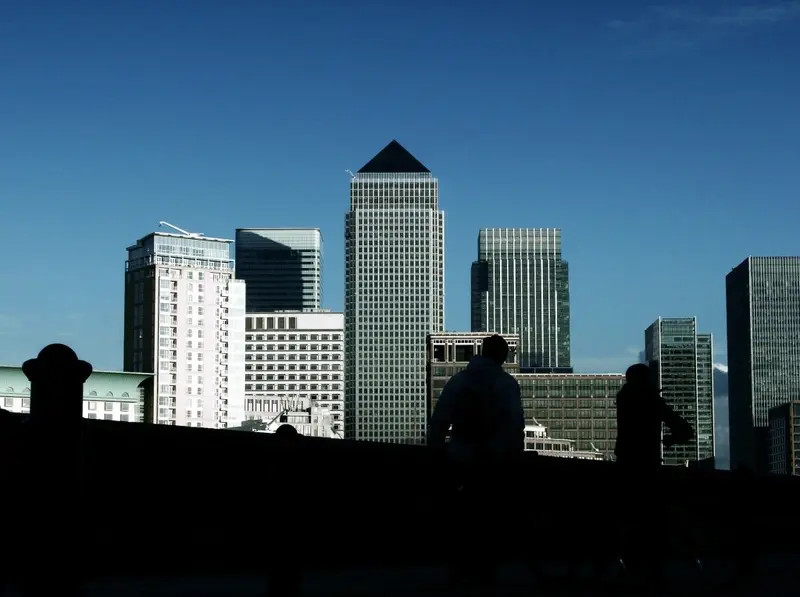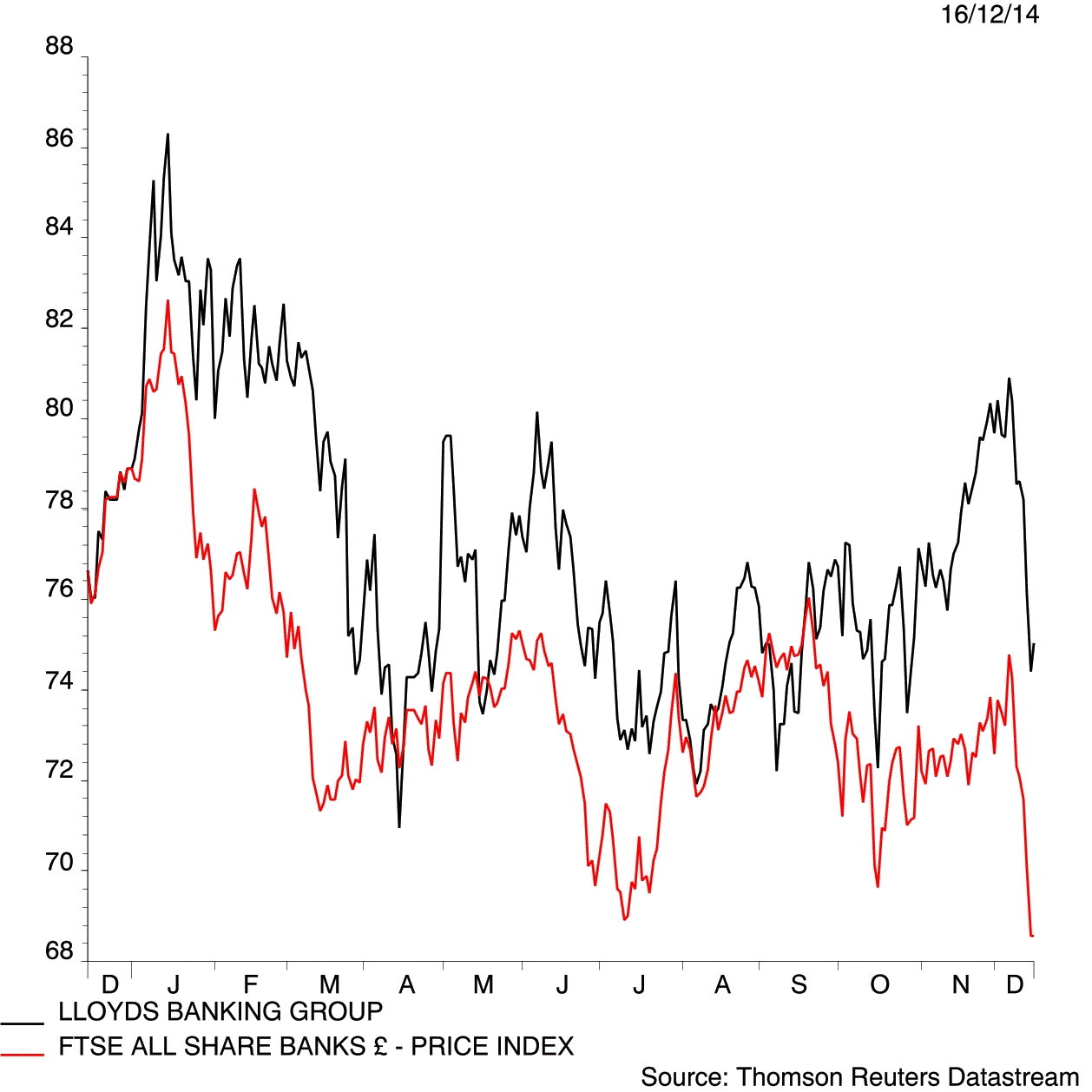
Any lingering hopes that part-nationalised banks Royal Bank of Scotland (RBS) and Lloyds Banking (LLOY) were returning to rude financial health have been left in tatters, with the pair barely scrapping through the Bank of England stress test.
The threat that the pair could yet be forced to raise emergency funding looks very real, while hopes of Lloyds reviving its dividend has also been cast into doubt.
The Prudential Regulation Authority (PRA) set-up a rigorous set of financial hurdles to jump through to assess the UK banking community's ability to withstand a very severe housing market shock, and/or sharp interest rate hike.
It required lenders to hold a minimum common-equity tier-1 (CET1) capital ratio of 4.5% in the most severe economic scenario. Lloyds scored 5%, RBS sailed even closer to the wind, with a 4.6% rating.
Stress test scenario
Sterling falls by about 30%
House prices fall by 35%
Bank rate rises to 4.2%
CPI inflation peaks at 6.6%
Unemployment rises to nearly 12%
GDP falls by 3.5%
Share prices fall by 30%
While these results were largely anticipated, investors might well wonder where it leaves them now, and what measures may be needed if the UK's economic health takes a stiff turn for the worse.
Only scandal-hit Co-operative Bank completely failed to pass the PRU's exacting standards. It needed to be rescued last year after a a gaping £1.5 billion black hole was found on its balance sheet.





